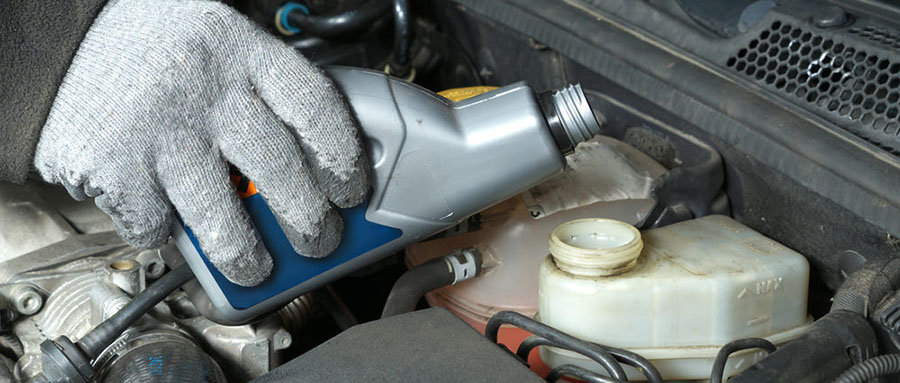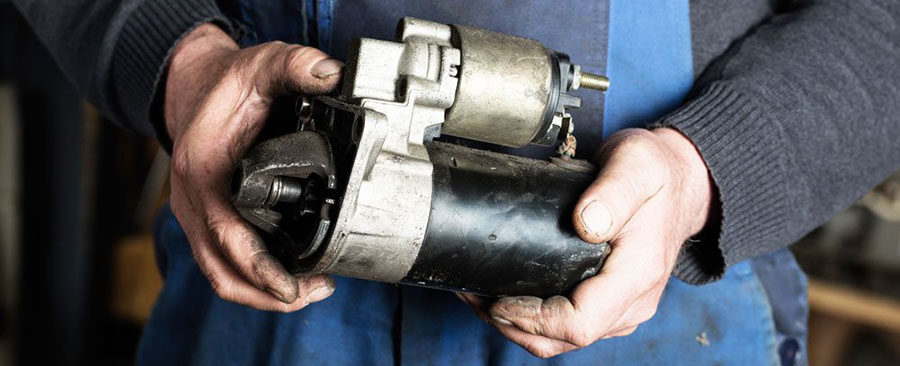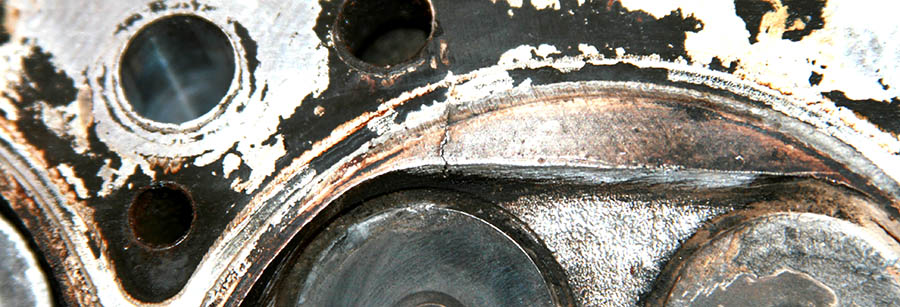You may have heard of run-flat tires, and even thought about buying a set yourself. After all, you wouldn’t want to be driving around a sketchier part of Pasadena at night and get a flat tire, then have to get out to change it yourself.
Flat tires often happen at the most inconvenient time or place. Many people call roadside assistance, but they’ll probably have to wait almost an hour before anyone gets there. You can always change the spare yourself, but while it’s not too hard to figure out, it does take a bit of effort and you will almost certainly get a bit dirty.
To combat this inconvenience, run-flat tires were invented. Run-flat tires can support the weight of a vehicle for a short time, and usually provide about 100 miles of range to drive home or to a repair shop. While it may sound like a perfect solution, drivers should know about the pros and cons.
The most common type of run-flat tire is the self-supporting tire. In this application, the tire’s sidewalls are heavily reinforced to support the vehicle when the air pressure is low or even with total loss of air pressure.
Here are some of the pros and cons of run-flat tires:
Pros:
– Better stability after a blowout. Because the tire will support the vehicle without air, a sudden deflation will not destabilize your vehicle as much, and handling will remain near normal.
– You can drive on a flat tire. The primary benefit of run-flats is that you can continue to drive on them after all of the air has gone. You don’t have to get out of the car in the cold, rain, on a busy highway, or in a dangerous neighborhood. However, you will usually have to reduce your speed to about 50 mph, and range will be limited to as little as 50 miles.
Cons:
– Blowouts are still possible. If a driver fails to notice that the tire has lost air and continues to drive at high speed or over range, the tire will still begin to disintegrate. If the puncture occurred on the sidewall or of the hole is too big, drivers will still need to get a tow.
– Hard to tell if it is low on air. It is harder to see visually if run-flat tires are low on air. This means that it is important to have a tire pressure monitoring system and check your tire pressure frequently to minimize risk of a blowout.
– No spare. Vehicles equipped with run-flats carry no spare tire, and no jack or tools either. In fact, utilizing the space that the spare tire would have occupied for styling, seating, interior room, or other purposes are a big reason why carmakers offer run-flats.
– Reduced tire life. Run-flat tires last an average of 6,000 fewer miles than conventional tires. This may be because tire manufacturers put soft tread compounds on run-flat tires to counter the hard ride.
– Harsher ride. The stiff sidewalls that let a run-flat tire work also result in a harsher ride. However, automakers usually tune the vehicle’s suspension to compensate for the harsher ride if they offer run-flat tires from the factory.
– Cost. Run-flat tires are more expensive to replace, with the difference usually being hundreds of dollars between a new set of conventional and run-flat tires. They are also usually not repairable, and often need to be replaced in pairs.
These are just some of the pros and cons to consider if you’re looking into buying run-flat tires for your vehicle. As always, if you need any vehicle repairs or service, come to your Certified Auto Repair Specialist of Pasadena!







